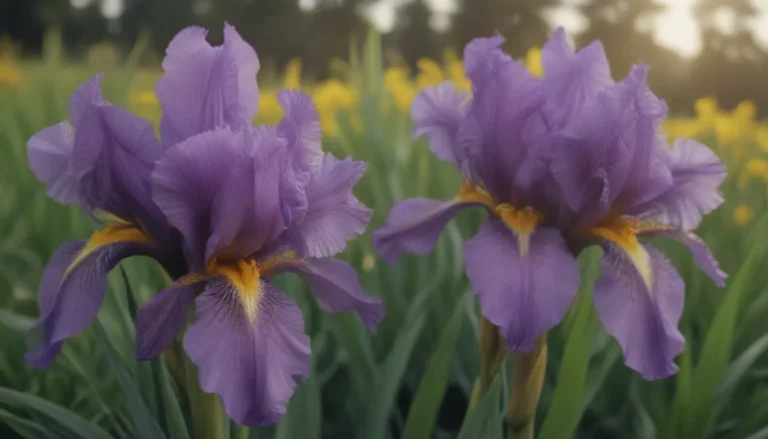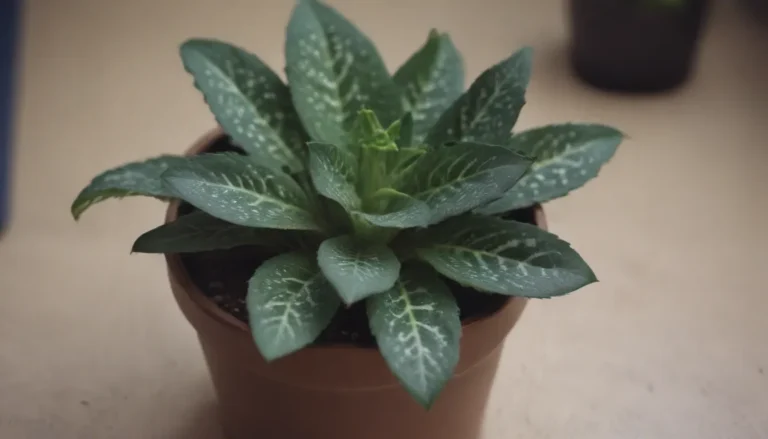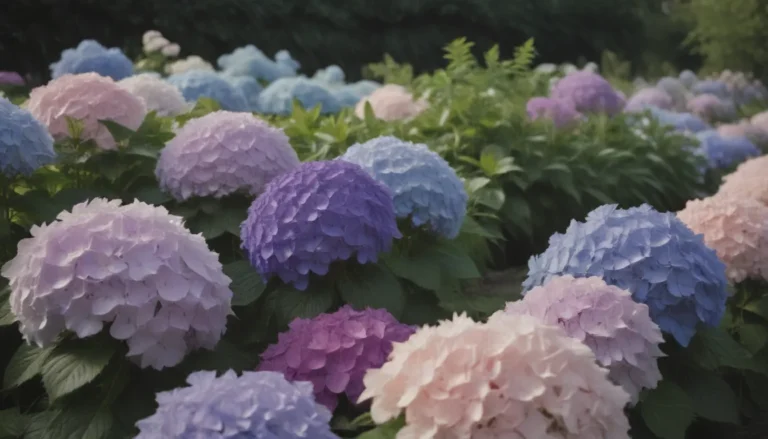Comprehensive Guide to Growing and Caring for Song of India

Are you looking to add a touch of tropical beauty to your indoor space? Look no further than the stunning Song of India plant. With its striking dark green and chartreuse striped leaves, this tropical shrub is sure to add a pop of color to any room. In this comprehensive guide, we will explore everything you need to know about growing and caring for Song of India to ensure it thrives in your home.
Introduction to Song of India
Song of India, part of the Dracaena genus, is a popular houseplant known for its eye-catching foliage. This plant thrives in warm, indoor environments and requires specific care to flourish. Before we delve into the details of caring for this plant, let’s take a closer look at its key characteristics:
- Appearance: Song of India features narrow, lanceolate leaves with alternating dark green and chartreuse stripes.
- Light: Requires at least four hours of bright, indirect sunlight daily.
- Soil: Thrives in well-drained, peaty potting mix.
- Water: Requires regular watering to keep soil moist but not waterlogged.
- Temperature: Prefers temperatures between 65 and 75 degrees Fahrenheit.
- Toxicity: Note that Dracaena spp. is toxic to dogs and cats, so keep this plant out of reach of pets.
Now that we have an overview of Song of India’s characteristics, let’s explore the essential care requirements to ensure your plant stays healthy and vibrant.
Song of India Care Tips
Proper care is crucial for the health and growth of your Song of India plant. Here are some key care tips to keep in mind:
Light
- Requirements: Song of India needs bright, indirect sunlight for at least four hours daily.
- Tips: Avoid direct sunlight, as it can cause leaf scorch. Ensure your plant receives adequate light to maintain vibrant foliage.
Soil
- Best Soil: Use a peaty, well-drained potting mix.
- Maintenance: Repot your plant annually to prevent soil decomposition. Consider creating your own potting mix with bark, peat, pumice, vermiculite, and perlite.
Water
- Watering: Keep soil moist but not waterlogged during spring and fall.
- Caution: Overwatering can lead to root rot. Use bottled or purified water to avoid fluoride damage, which causes wilting on leaf margins.
Temperature and Humidity
- Ideal Conditions: Maintain room temperatures between 65 to 75 degrees Fahrenheit.
- Humidity: Song of India prefers higher humidity levels.
- Protection: Avoid cold drafts, as this tropical plant does not tolerate cold well.
Fertilizer
- Feeding: Use a water-soluble 10-10-10 fertilizer diluted by half bi-weekly during spring and summer.
- Winter: No feeding is necessary during the winter months.
By following these care tips, you can ensure your Song of India plant thrives and remains healthy year-round.
Types of Song of India
Song of India belongs to the Dracaena genus, with many species kept as houseplants. Here are a few popular cultivars of this species:
- Dracaena reflexa ‘Variegata’
- Dracaena reflexa ‘Song of Jamaica’
In addition to these cultivars, the Dracaena genus includes over 100 plants with similar growth habits and care requirements. If you enjoy Song of India, you may also appreciate Dragon trees (Dracaena draco) and corn plants (Dracaena fragrans) for their ease of care and striking appearance.
Pruning and Propagating Song of India
While Song of India typically does not require frequent pruning, occasional trimming can promote fuller growth.
Pruning
- Method: Trim long or leggy stems to encourage bushier growth.
- Technique: Use clean gardening shears to cut stems at the base, stimulating new leaf growth.
Propagating
- Propagation: Easily propagate Song of India from cuttings in the spring.
- Benefits: Propagation not only creates new plants but also helps the parent plant grow fuller.
By incorporating pruning and propagation into your care routine, you can maintain a lush and vibrant Song of India plant in your home.
Potting, Repotting, and Overwintering
Proper potting, repotting, and overwintering practices are essential to ensure your Song of India plant thrives throughout the year.
Potting and Repotting
- Container: Choose a pot with ample drainage to prevent waterlogging.
- Repotting: Repot your plant every few years in a slightly larger container.
- Material: Opt for porous pots like unglazed ceramic or terra-cotta to prevent water retention.
Overwintering
- Indoor Care: Bring Song of India indoors during winter in regions where outdoor survival is not possible.
- Location: Place the plant in a draft-free area with consistent temperatures between 65 and 75 degrees Fahrenheit.
By following these potting, repotting, and overwintering guidelines, you can ensure your Song of India plant remains healthy and thriving year after year.
Common Pests, Diseases, and Blooming Tips
While Song of India is relatively low-maintenance, it may encounter common issues such as pests, diseases, and lack of blooming. Here’s how to address these challenges:
Pests and Diseases
- Common Pests: Look out for spider mites, scale, and mealybugs.
- Treatment: Use insecticidal soap or rubbing alcohol to address pest infestations.
- Fungus Control: Combat Fusarium leaf spot with fungicide and trim affected leaves to prevent further spread.
Blooming Tips
- Bloom Period: Song of India may bloom outdoors in suitable USDA Hardiness Zones.
- Flowers: Fragrant white flowers may appear in late winter, early spring, or summer.
- Encouragement: Provide bright, indirect sunlight and higher humidity to promote blooming.
By addressing pests, diseases, and optimizing blooming conditions, you can enhance the overall health and aesthetic appeal of your Song of India plant.
Troubleshooting Common Problems
Even with proper care, Song of India plants may encounter issues like brown, yellow, or drooping leaves. Here’s how to troubleshoot common problems:
Brown Leaves
- Causes: Excessive sun exposure or overwatering.
- Remedy: Move the plant to a shadier spot and adjust watering habits.
Yellow and Wilting Leaves
- Causes: Overwatering leading to root rot or fluoride damage.
- Solution: Improve drainage or switch to purified water to correct yellowing leaves.
Drooping Leaves
- Cause: Insufficient sunlight or water.
- Fix: Move the plant to a brighter location and water thoroughly as needed.
By identifying and addressing these common problems promptly, you can ensure your Song of India plant remains healthy and vibrant.
In conclusion, Song of India is a stunning tropical plant that can thrive in indoor environments with the right care and attention. By following the guidelines outlined in this comprehensive guide, you can enjoy the beauty of Song of India in your home year-round. Remember to provide adequate light, moisture, and temperature conditions to ensure your plant flourishes and adds a touch of tropical elegance to your space. Happy gardening!





